Can photography change the world? It seems like a lot to ask, especially in our…
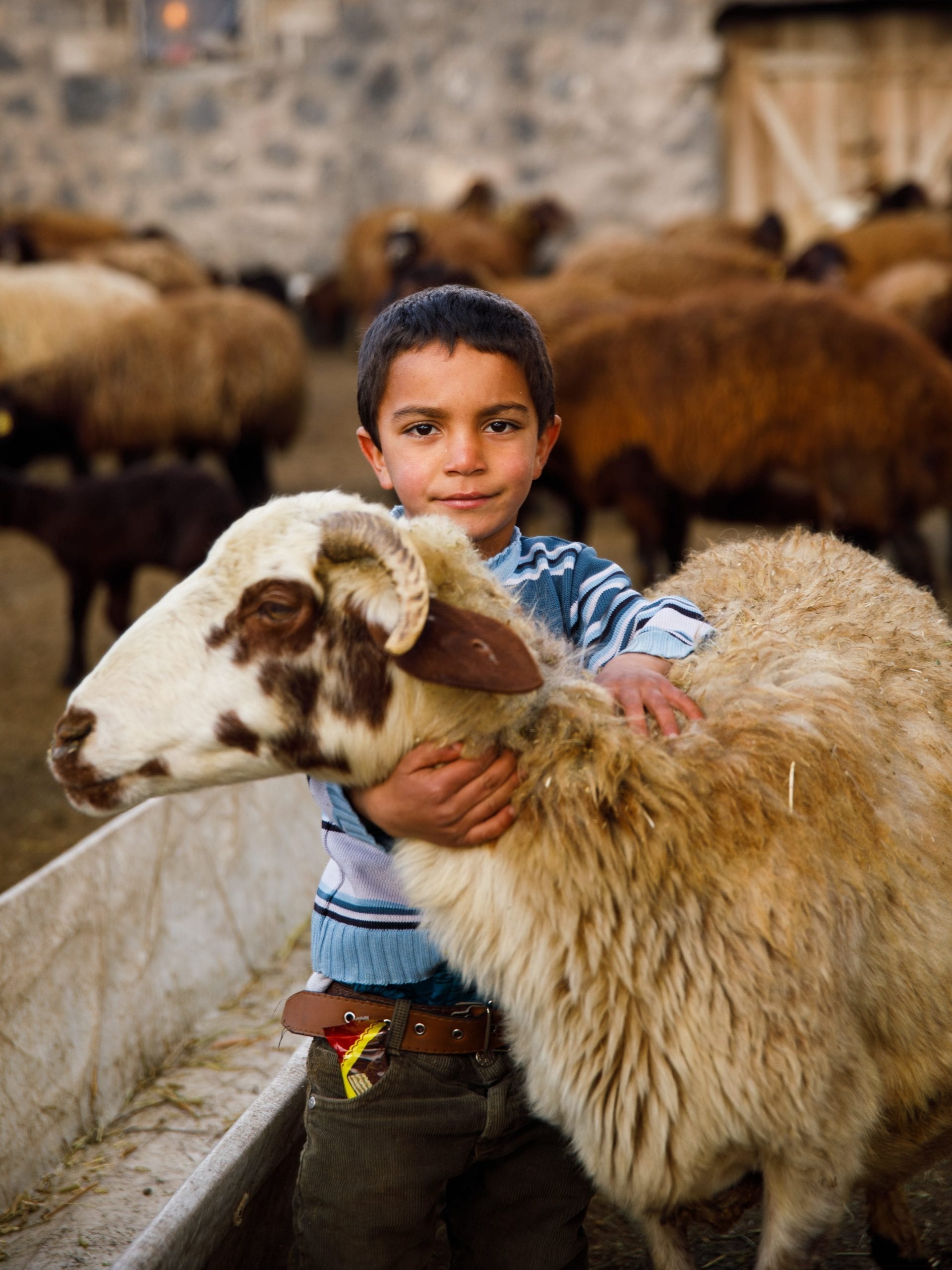

Portrait of Humanity provides photographers with the chance to share portraits of everyday life around…

When filmmaker Lee Shulman bought a box of vintage slides from Ebay, he was hoping…
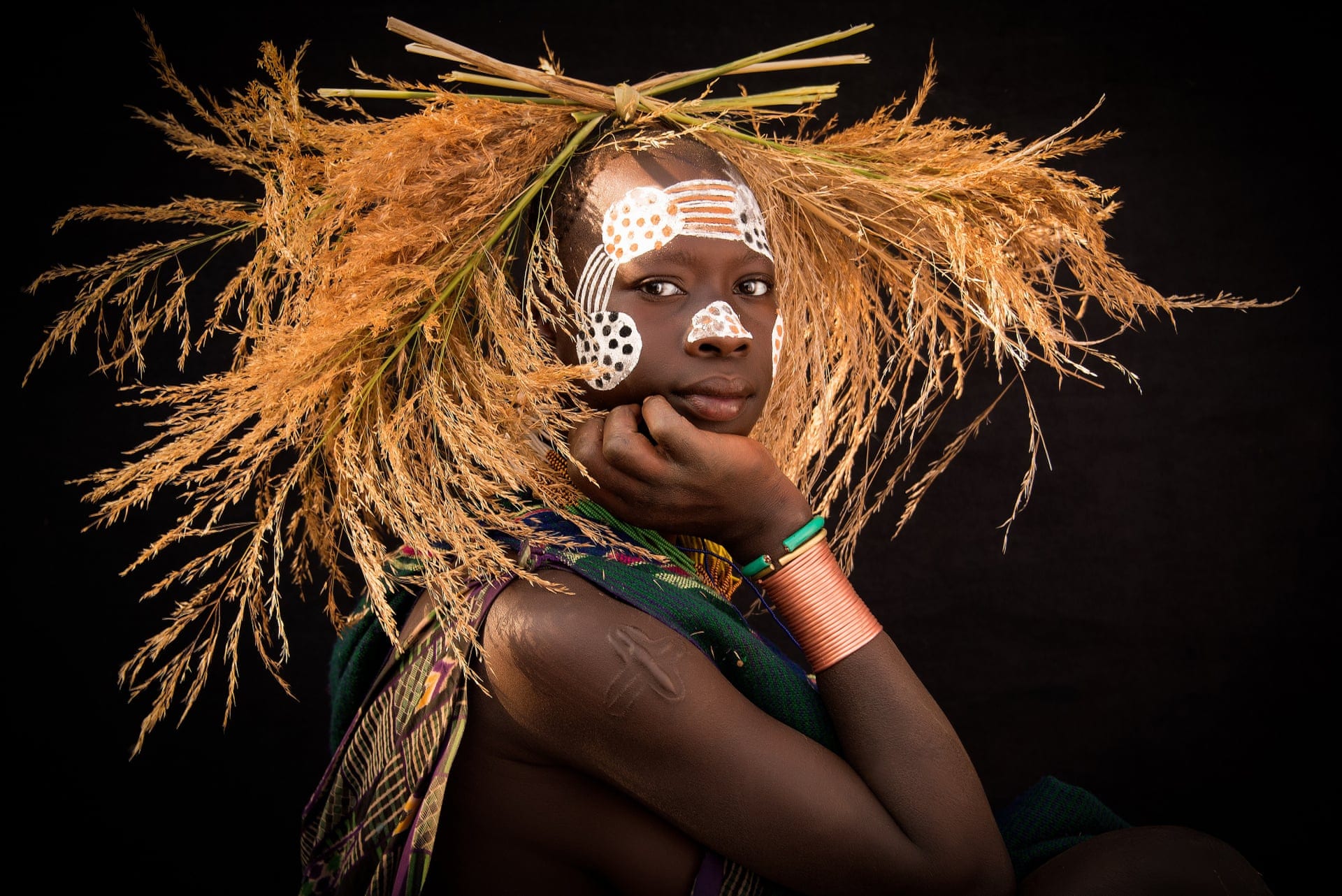
Portrait of Humanity is a unique photography award. Seeking images that capture life across the…
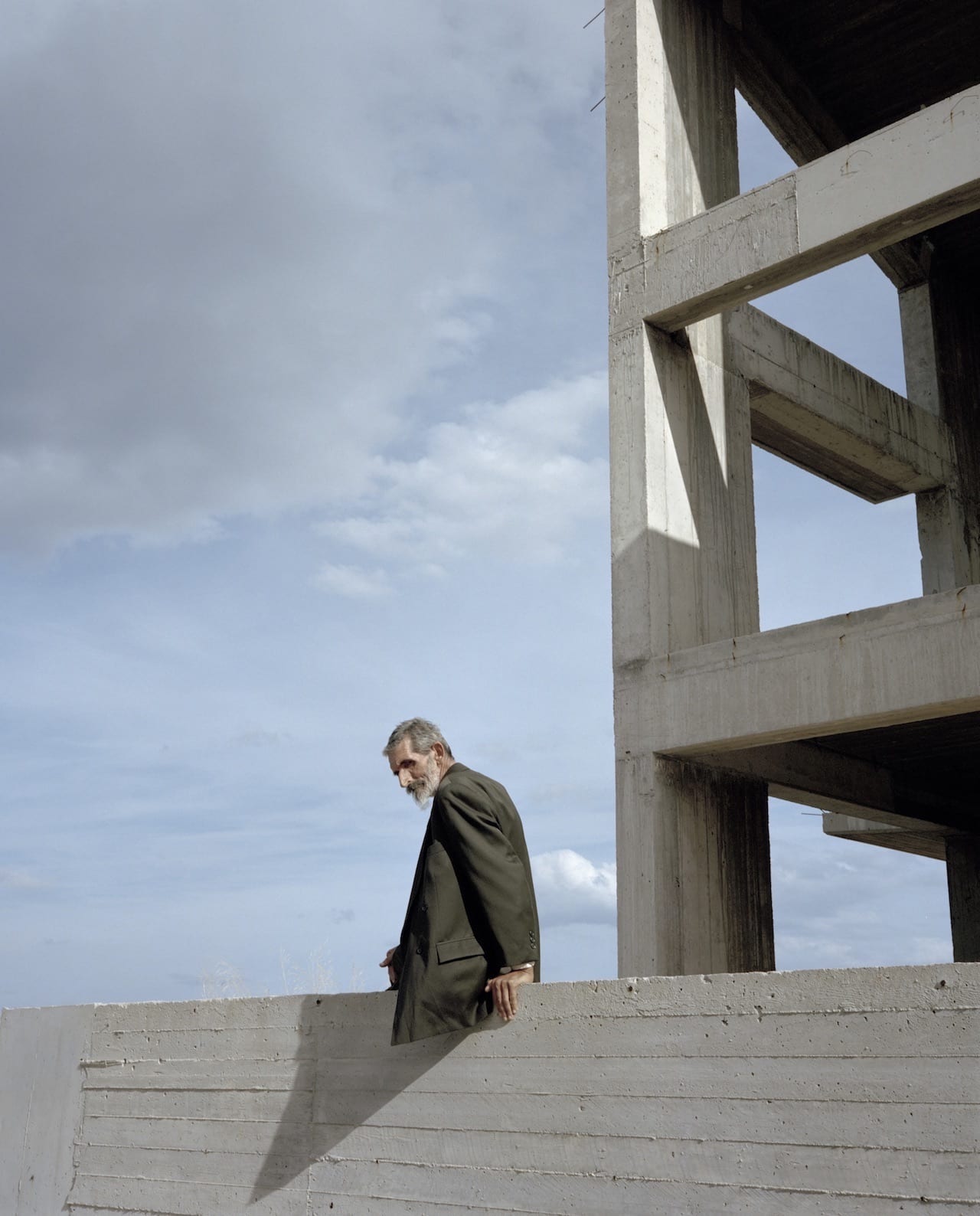
Michalis Poulas has lived in Crete for much of his life. It was here that he first learned the technicalities of photography from his father, who opened a film-processing shop on the Greek island in 1988, and here that he built a career as a professional photographer. Shooting mostly on digital, in 2014 he decided to revisit the world of medium format, and with all the languidness that such work entails, it seemed natural that the island should serve as his subject.
The result is Infinite Perimeter, an as- yet-unfinished series which looks at a decade of sociopolitical unrest on the island with a cool objectivity. While all the images were taken in Crete – 90 per cent of them within 10 kilometres of Poulas’s home – this is neither documentary photography, nor a series about Greece specifically. Rather, it’s about the instability permeating the Western world today.
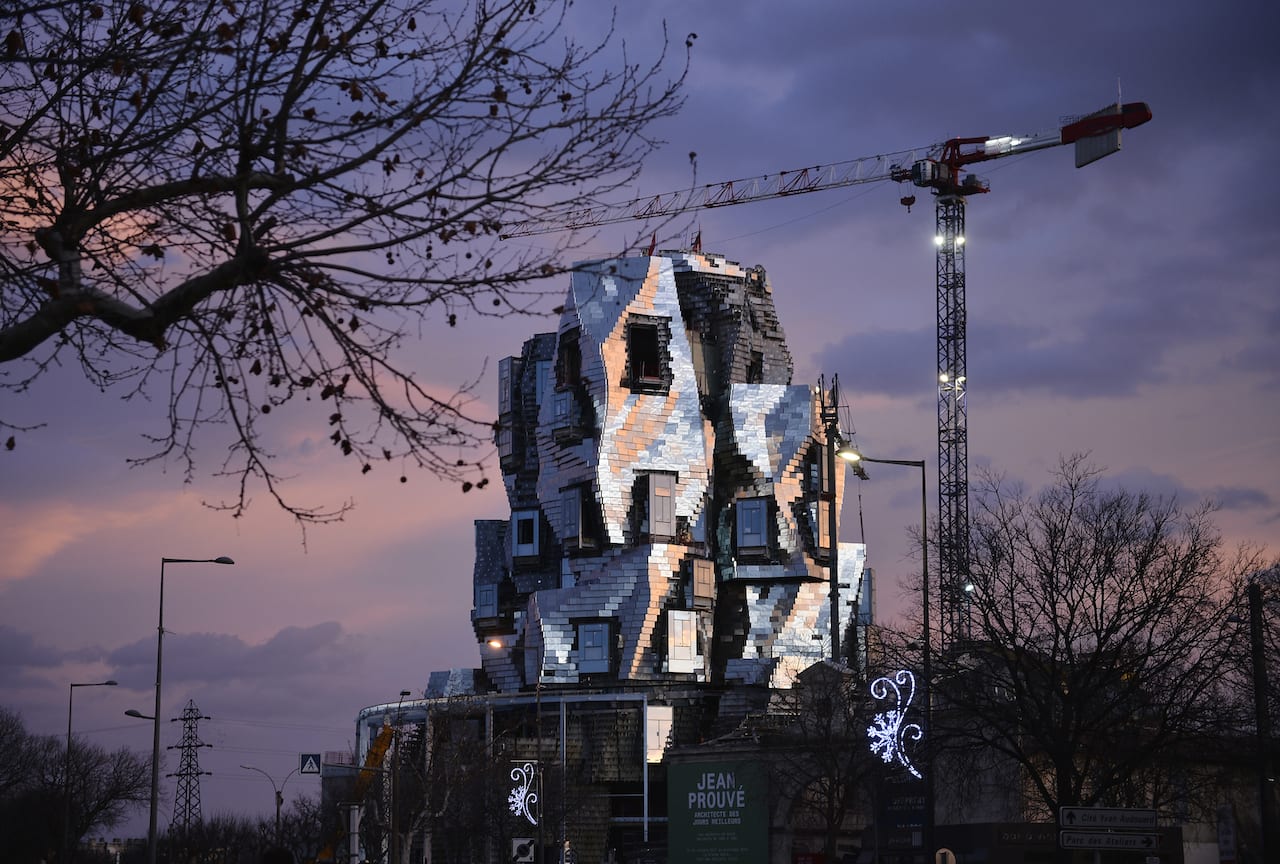
Its opening has been pushed back to 2020, but the LUMA Arles complex is taking shape in the French town celebrated for its prestigious Les Rencontres d’Arles photography festival.
Set on the site of the former SNCF rail yard long used for exhibitions by Les Rencontres, LUMA Arles will be an interdisciplinary arts centre aimed at supporting and producing exhibitions, research, education and archives. It is backed by Swiss collector Maja Hoffmann, whose LUMA Foundation has been involved with Les Rencontres d’Arles since 2013. LUMA Arles will occupy a 20-acre site when it’s complete, and the arts centre will be the centre-piece.
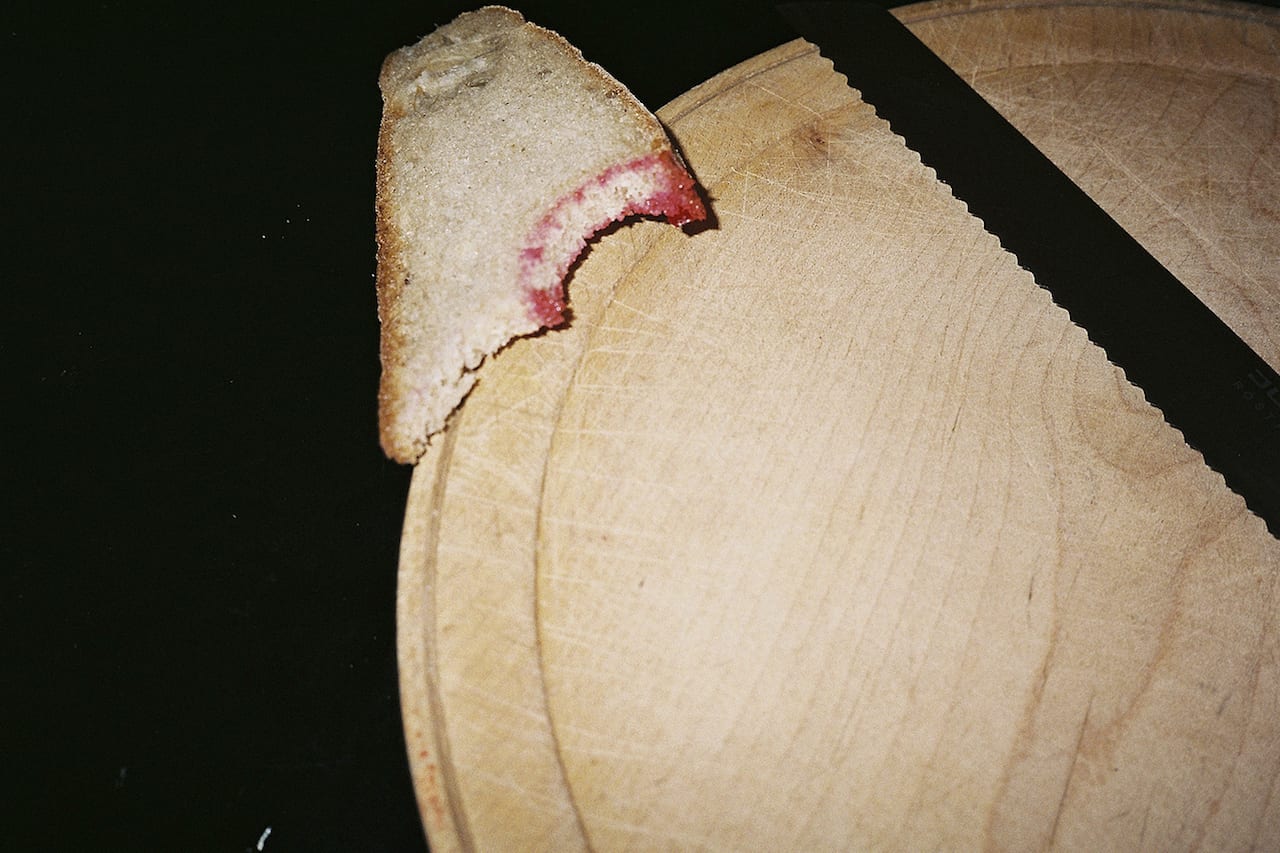
“What lies behind this project is my particular, unique attachment to Slovenia,” writes Klavdij Sluban, a French photographer of Slovenian origin and curator of If Slovenia Were. “It is an exceptional project in as much as it was born out of the desire to share a stretch of a photographic journey with a group of young Slovenian photographers, quite apart from any institutional, educational or other structures.”
Stemming from a desire to keep in touch with the country of his roots, Sluban began the project with an open call, selecting 18 young Slovenian photographers to take part. Each responded freely to the theme, and have been working on their projects for the past three years, developing them in meetings with Sluban on his occasional visits to the country. The resulting projects include series on expatriates who have emigrated elsewhere, photographers’ personal interpretations of Slovenian family life, and introspective series dealing with the artists’ private experiences.

Although it is Spanish photographer Sole Satana’s latest body of work, From a Bad Place was conceived several years ago, during a difficult time when she was struggling with anxiety and depression.
Closely related to her personal life, Satana’s photography tells a very subjective story about her take on everyday life. Her images will be on show at the Centro Parraga in Murcia, Spain, as part of a collaborative project between the gallery and collective UnderPhoto. Now in its second edition, the project aims to bring together emerging creators who offer a “deeply personal representation of reality”.
From a Bad Place will be exhibited alongside photography from Satana’s partner in life and work JD Valiente, a BJP One to Watch this year. The couple met when they were teenagers and have been together for 14 years. They often now collaborate on joint projects, such as the story Dead Meat, but this show, titled Parentésis, is made up of two solo series.
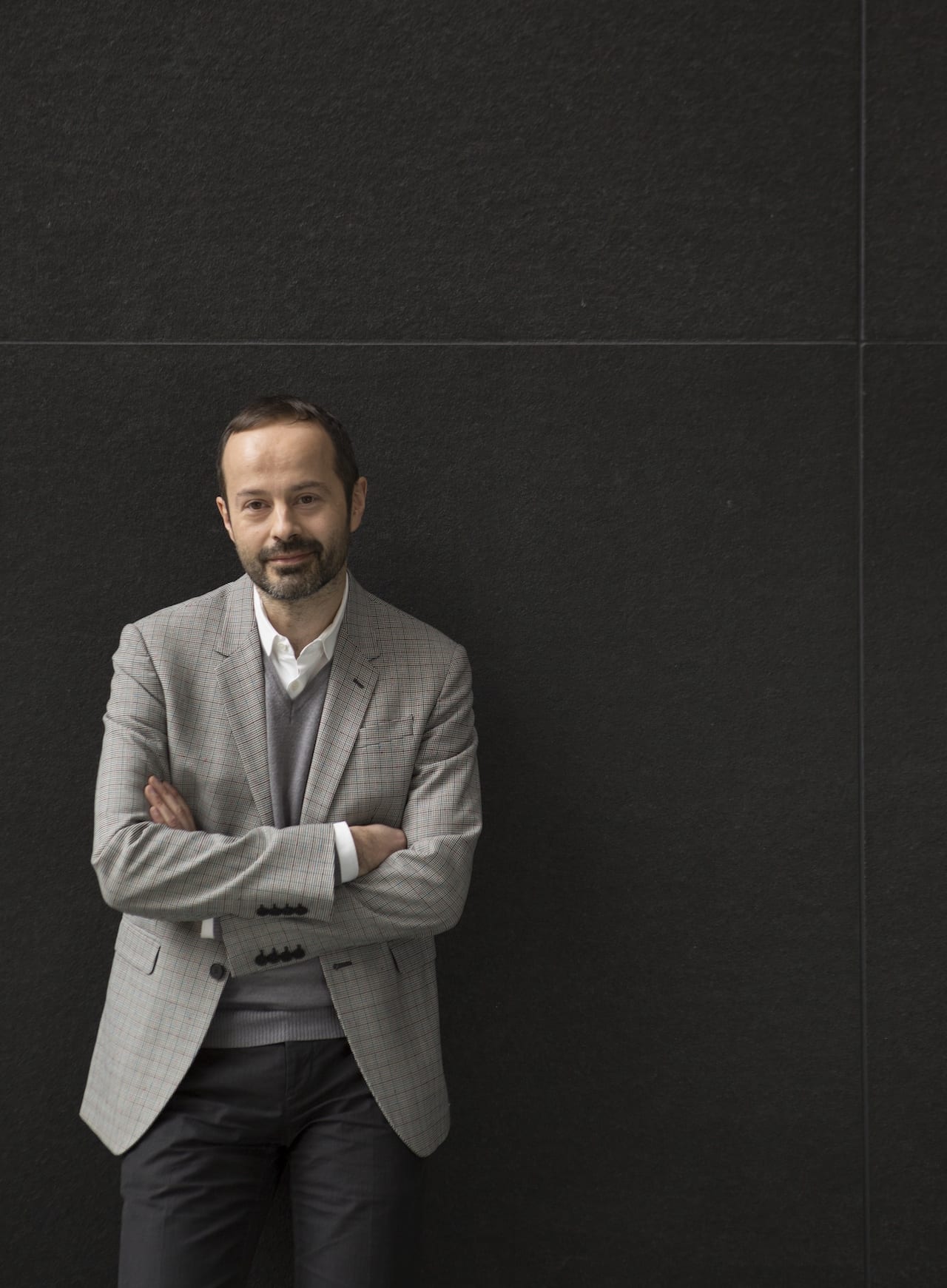
Quentin Bajac is leaving the coveted role of chief curator of photography at New York’s Museum of Modern Art for a new job in Paris – director of the Jeu de Paume. He succeeds Marta Gili at the Jeu de Paume, who announced in June that she would resign as the museum’s director after 12 years in the role. MoMA has stated that it will “immediately launch a search for a new chief curator of photography”, a role first made famous by John Szarkowski from 1962 to 1991.

“How to fill the gap between politics and art? This is both an old and a new problem,” writes Takuma Nakahira, in the afterword to PROVOKE no.1, published 50 years ago this month. Led by some of Japan’s best-known photographers and art critics – including Takuma Nakahira, Koji Taki, and iconoclast Daido Moriyama, who joined from the second issue – the magazine stemmed from the anger and discontent that they felt towards the post-war world. Though it survived only three issues, and was criticised at the time, it is now widely recognised as a ground-breaking publication in the history of contemporary Japanese photography.
The magazines were printed in 1968 and 1969, both turbulent years for politics which featured the May 1968 riots in Paris; the assassination of Martin Luther King Jr and the anti-Vietnam protests in the US; the end of the Prague Spring. In Japan, 1968 was the year that a string of violent student uprisings forced many of the top universities to close.